Turning Patio Into Sunroom Without Losing Outdoor Feel
Discover practical steps to transform your patio into a sunroom that blends indoor comfort with the...
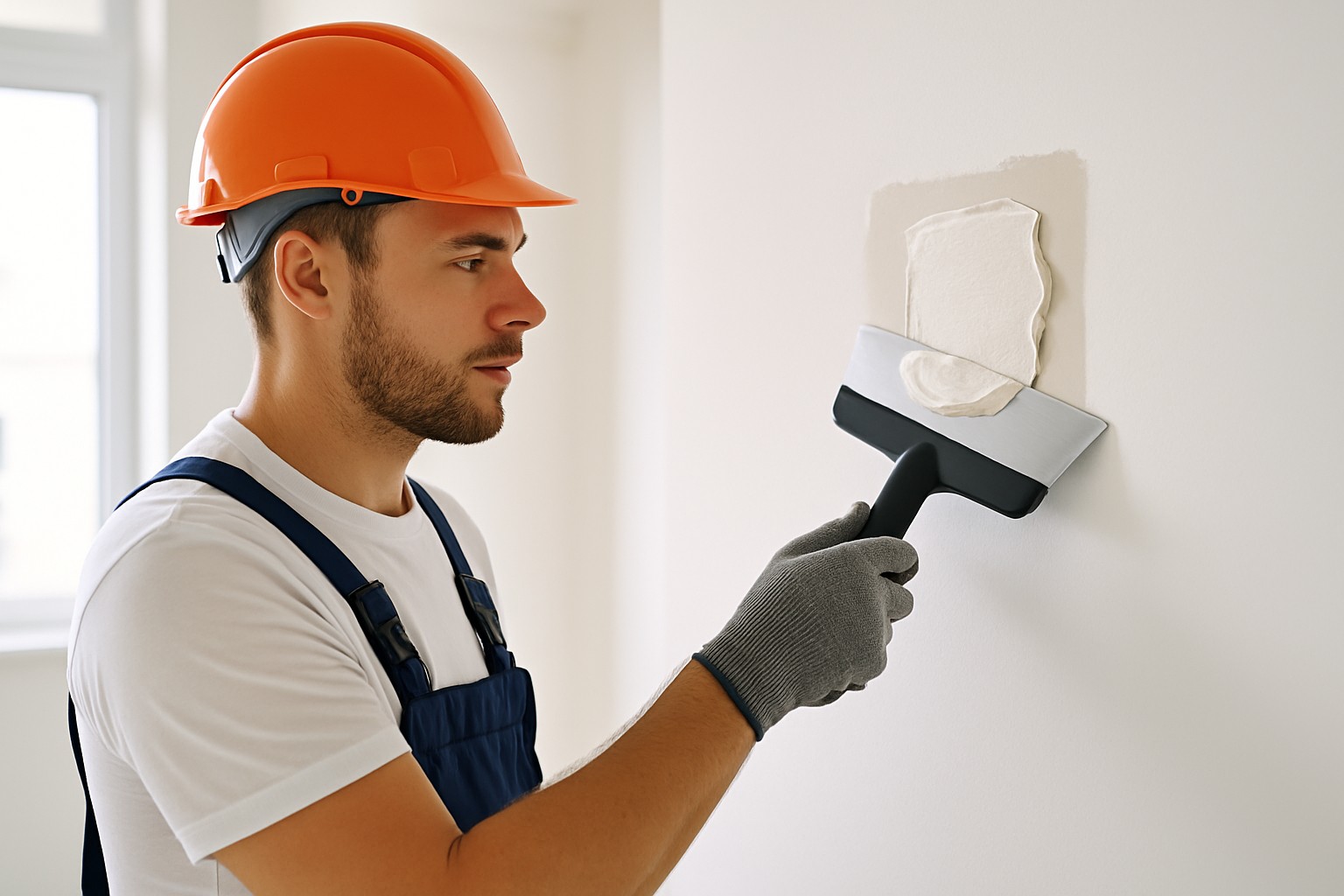
Drywall mud, often known as joint compound, is the unsung hero for fixing and patching drywall. Whether you are tackling tiny nail holes or larger cracks, understanding how much mud you will need can save you waste and headaches and help you achieve a smooth professional finish. If you use too little, you will have to apply multiple layers to cover uneven spots. If you use too much, you will face longer drying times and extra costs.
Drywall mud often called joint compound in the trade pulls double duty as both a filler and a smoothing agent. Its main gig is sealing seams, covering screw holes and filling in gaps to help craft a surface that’s perfectly primed for paint or wallpaper.
The amount of drywall mud you need depends a lot on the kind of damage you’re tackling. Bigger, deeper holes will gobble up more mud than those tiny nail holes that barely make a dent. Plus, the number of layers you slap on and the patching method you pick will play a big role in how much mud you actually go through.
Get a good estimate of how much drywall mud you’ll need by carefully measuring the damaged area—no rushing here. Figure out the volume of the hole or dent and convert that into an approximate weight or volume in pounds or gallons. It’s always a good idea to add a little extra in case you need multiple layers or have to touch up some spots.
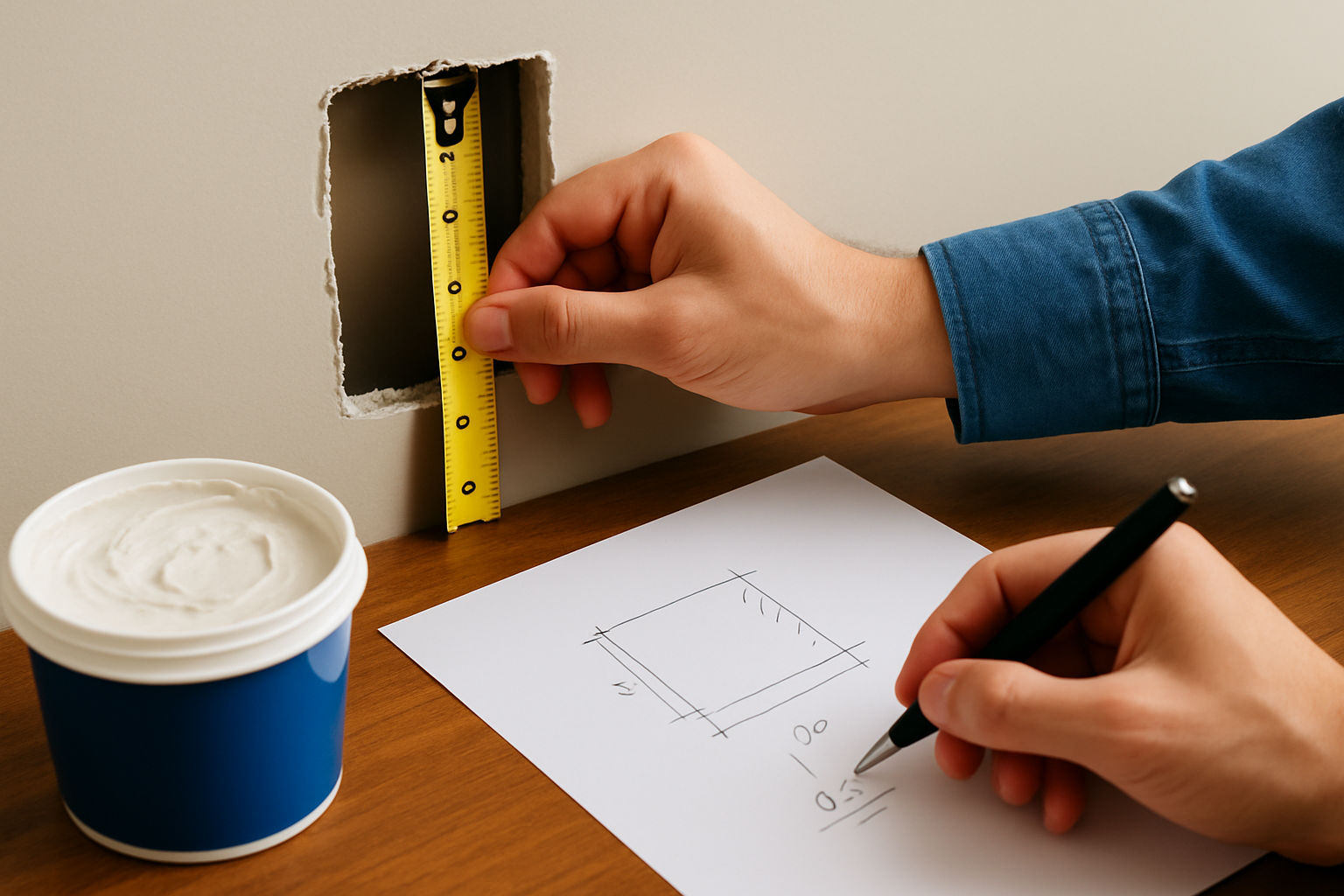
Measuring drywall damage precisely to calculate the amount of mud needed for patching.
Drywall mud comes in a variety of container sizes that cover different amounts. Understanding these sizes can save you from buying too much or running out mid-project and scrambling for more. How much you use depends on the type of mud and how thickly you apply it.
| Container Size (lbs/gal) | Approximate Coverage (sq ft) | Suggested Uses |
|---|---|---|
| 1 Gallon (about 10 lbs) | Covers around 50-70 sq ft | Perfect for those small patches and quick touch-ups that sneak up on you |
| 5 Gallons (about 45 lbs) | Covers roughly 200-300 sq ft | Great for medium repairs or tackling several rooms without breaking a sweat |
| 18 lbs Bucket | Covers about 70-90 sq ft | Well-suited for large patches and deep fills where you really need some muscle |
| Setting Powder (per 4.5 lbs) | Coverage varies; used as needed | Comes in handy for deep or speedy repairs, and makes for a handy base in custom mixes |
Using drywall mud carefully can help cut down on waste, save money and keep your workspace neater. Getting the mix, application, storage and product choice right makes a big difference in how smoothly things go.
Excessive mud use usually stems from common slip-ups during drywall patching. These little blunders don’t just drain your materials—they also bog down the whole project and add more work than anyone wants.
Drywall mud you will need really boils down to the size and type of repair at hand. Tiny nail holes? They only sip a little bit of compound. But bigger holes or areas where the drywall's taken quite a beating will gladly soak up a lot more.
25 posts written
As a fan of cultural anthropology, Magnolia uncovers hidden patterns in human societies, translating complex social dynamics into captivating articles for curious minds.
Read Articles
Discover practical steps to transform your patio into a sunroom that blends indoor comfort with the...
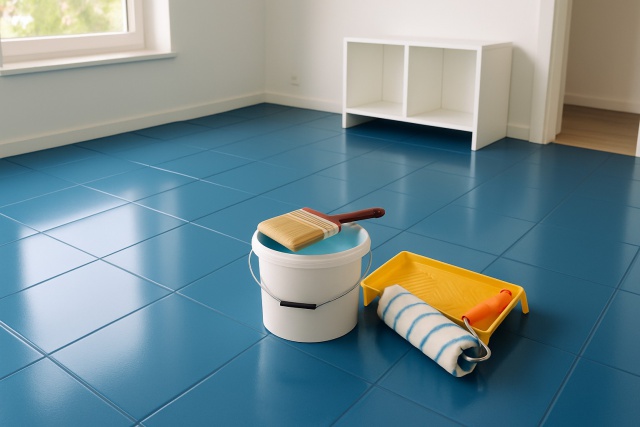
Updating your floor tiles by painting them can transform your space affordably. Discover practical s...
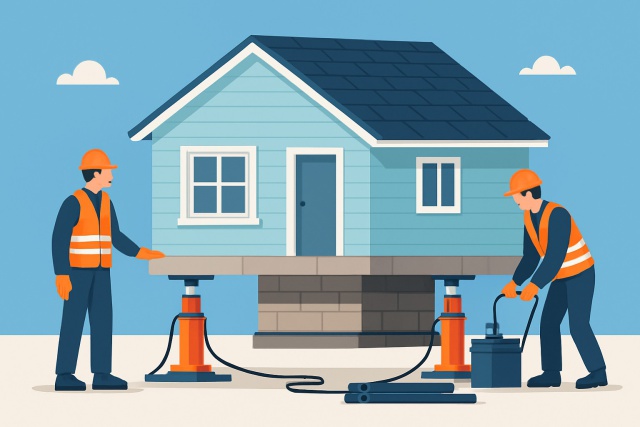
Jacking up a house is a complex and risky process often underestimated by homeowners. Discover the c...
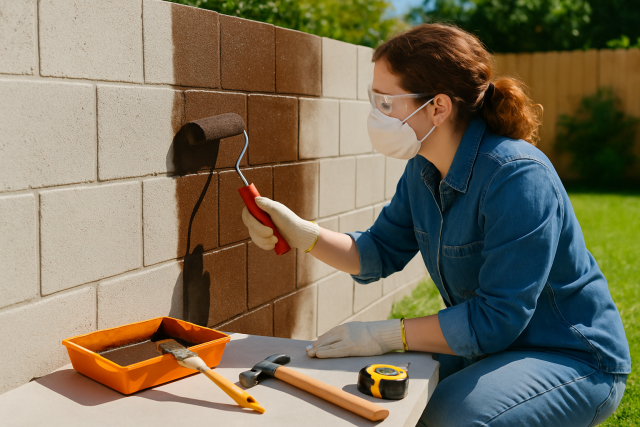
Discover the essential simple tools and easy steps for staining concrete blocks, enhancing durabilit...
